How Microsoft's approach to 'Windows Core OS' differs from Google's and Apple's
Microsoft's One Windows vision seems to be coming to fruition in the form of a flexible, customizable version of Windows 10: "Windows Core OS."
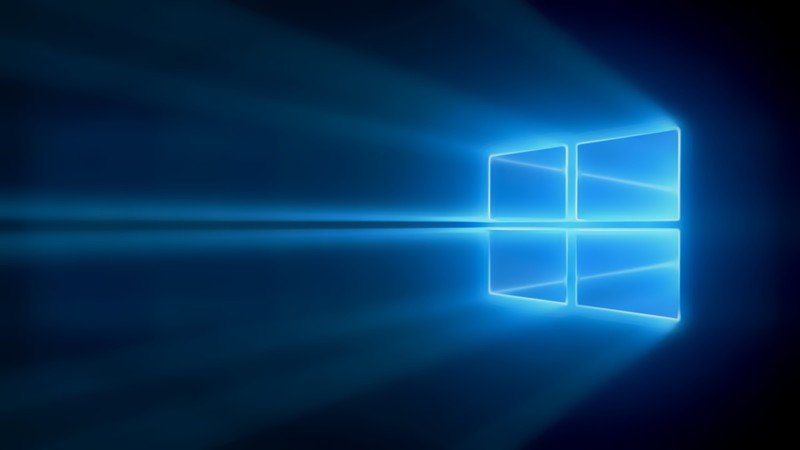
Windows Core OS is a version of Windows 10 that can be tweaked for use on any device type according to our own Zac Bowden. Windows Core OS will allow Windows to run on wearables, PCs and a variety of other form factors, including mobile. Essentially, Windows Core OS enables the ability to remove specific Windows functionality that isn't essential to make Windows "lighter" and a better fit for the targeted hardware.
The key point here is that Windows 10 remains fundamentally the same version of Windows 10 regardless of the device it's running on. Because of the OSes flexibility, distinct Windows variants such as Windows 10 Mobile will no longer be necessary. Windows 10 will simply be Windows 10 on any device it is running on.
This additional information regarding Windows Core OS and the adaptable UI, CShell, is consistent with our previous analysis of Microsoft's One Windows vision. Of course, nothing exists in a vacuum, and Apple and Google have their own agendas. So what are the philosophical differences between Microsoft's one OS strategy and its rivals approach to personal computing?
Different perspectives: Apple's many platforms
Apple, Google, and Microsoft are the primary providers of personal computing operating systems. With Windows Microsoft has maintained a near 90-percent dominance of the desktop for decades, dwarfing its nearest rival Apple's MacOS. The script is dramatically flipped in the mobile arena where Microsoft has less than one-percent of the market. Android has over 80-percent of the market while Apple's iOS claims all but a tiny fraction of the remaining share.
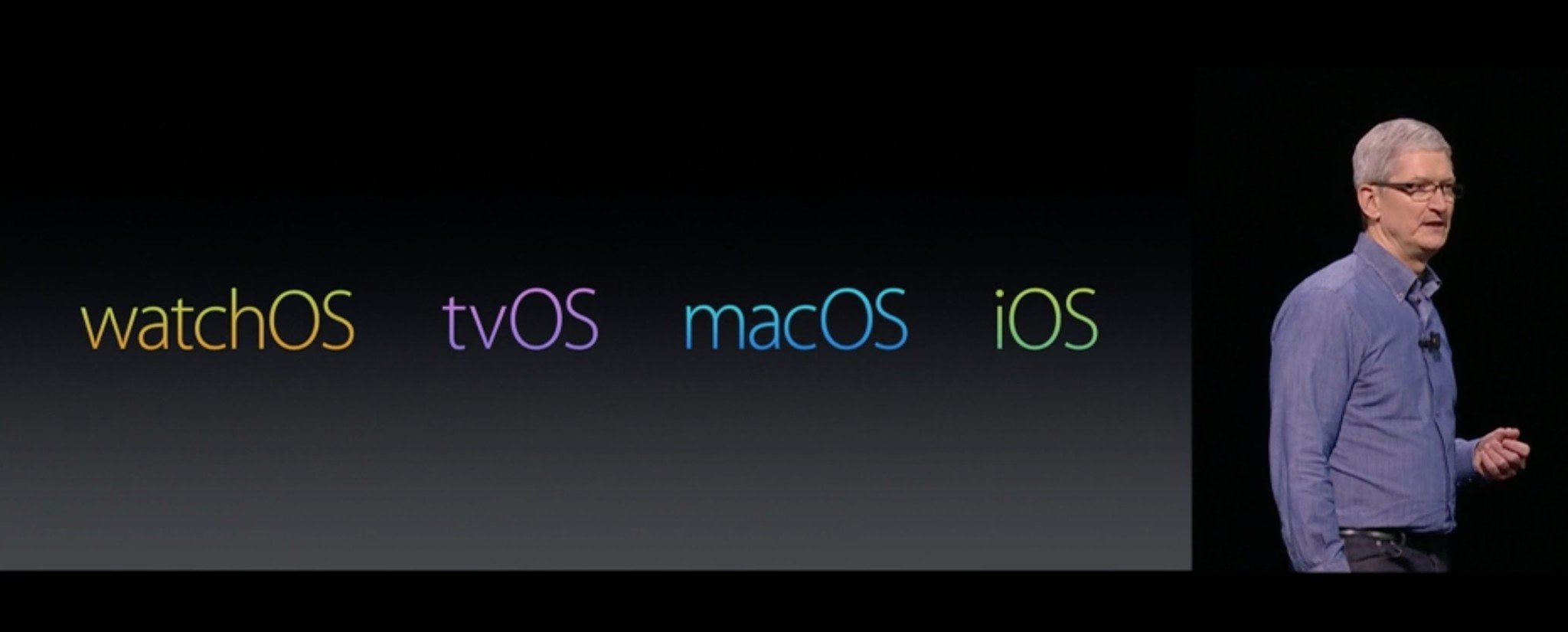
Microsoft's personal computing strategy has always been to bring one Windows, in some form, to the range of devices people use. Conversely, Apple has an OS for all form factors. It has watchOS for wearables, iOS for phones and tablets, macOS for the desktop and tvOS for the living room.
Apple has a different OS for all device types.
The benefit to this approach is that each of these platforms is tailored for the devices they run on. The downside is they also each represent a different target for developers. Of course, Apple has 16 million registered developers and is a darling of the tech industry. Consequently, getting developer support even for disparate platforms is nowhere near the challenge it would be for say Microsoft. Sadly, Redmond, with only one platform, is struggling to garner developer support for its Universal Windows Platform (UWP).
Google's OS duality
Google falls somewhere in between Microsoft and Apple's approaches. Rather than one OS like Microsoft or several, like Apple, Google maintains two platforms: Android and Chrome OS.
Get the Windows Central Newsletter
All the latest news, reviews, and guides for Windows and Xbox diehards.
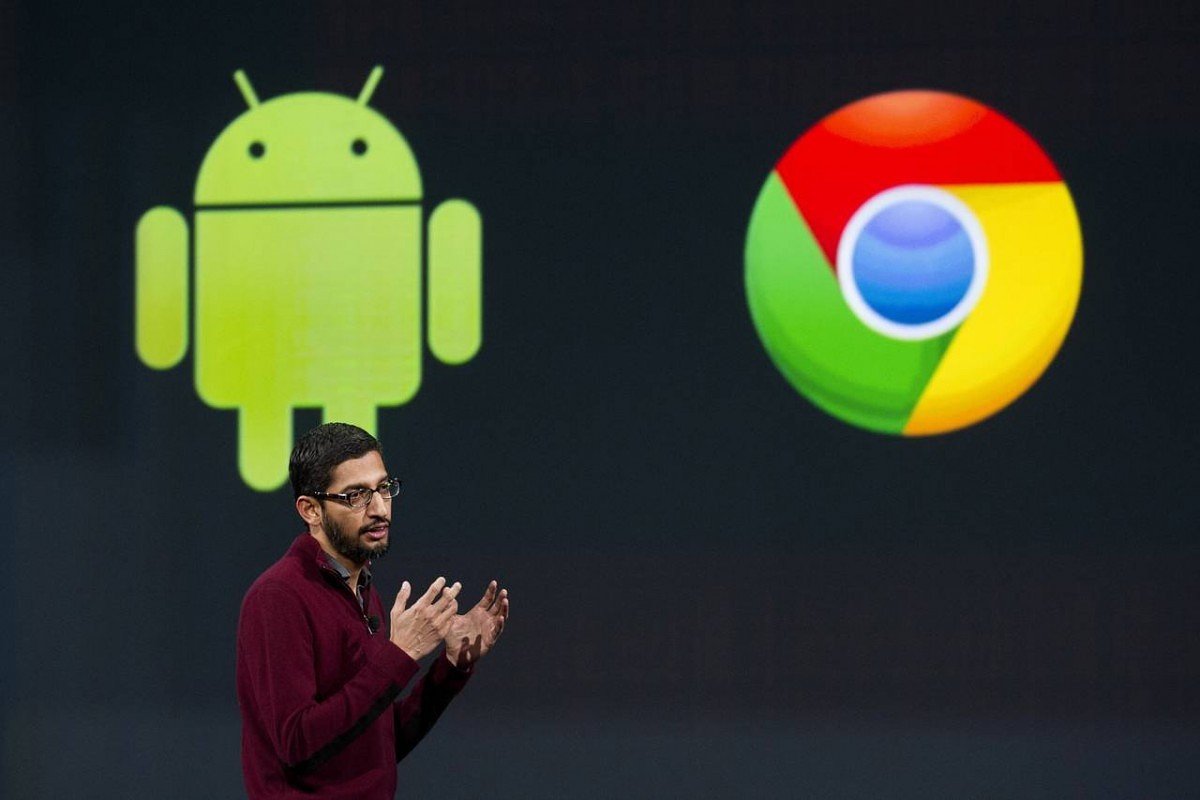
Android runs on a broad range of device types from phones, to wearables to IoT devices. There has been little success in bringing a viable form of Android to the desktop scenario, however. Android simply doesn't yet have the level of comfort and consistency in a desktop context that Windows provides.
Chrome OS, a browser-based operating system, is Google's desktop platform. Chromebooks, which run Chrome OS have found growing popularity in the education sector. They're affordable, easy to maintain and because everything is web-based, a user's data is always easy to access from anywhere. Rumors of a merged Chrome and Android hybrid, have been floating around for years but have yet to bear fruit.
With all the excitement over Windows on ARM don't forget about Google's Andromeda
Ironically Microsoft adopted the moniker of Google's rumored universal OS, Andromeda, to describe (at least internally) its application of a single OS to rule them all.
Different approaches, same goal
Despite the different approaches to personal computing Apple, Google and Microsoft are all headed in the same direction. Each company has the goal of making mobile devices more powerful and more capable of doing what were traditionally tasks reserved for the desktop.
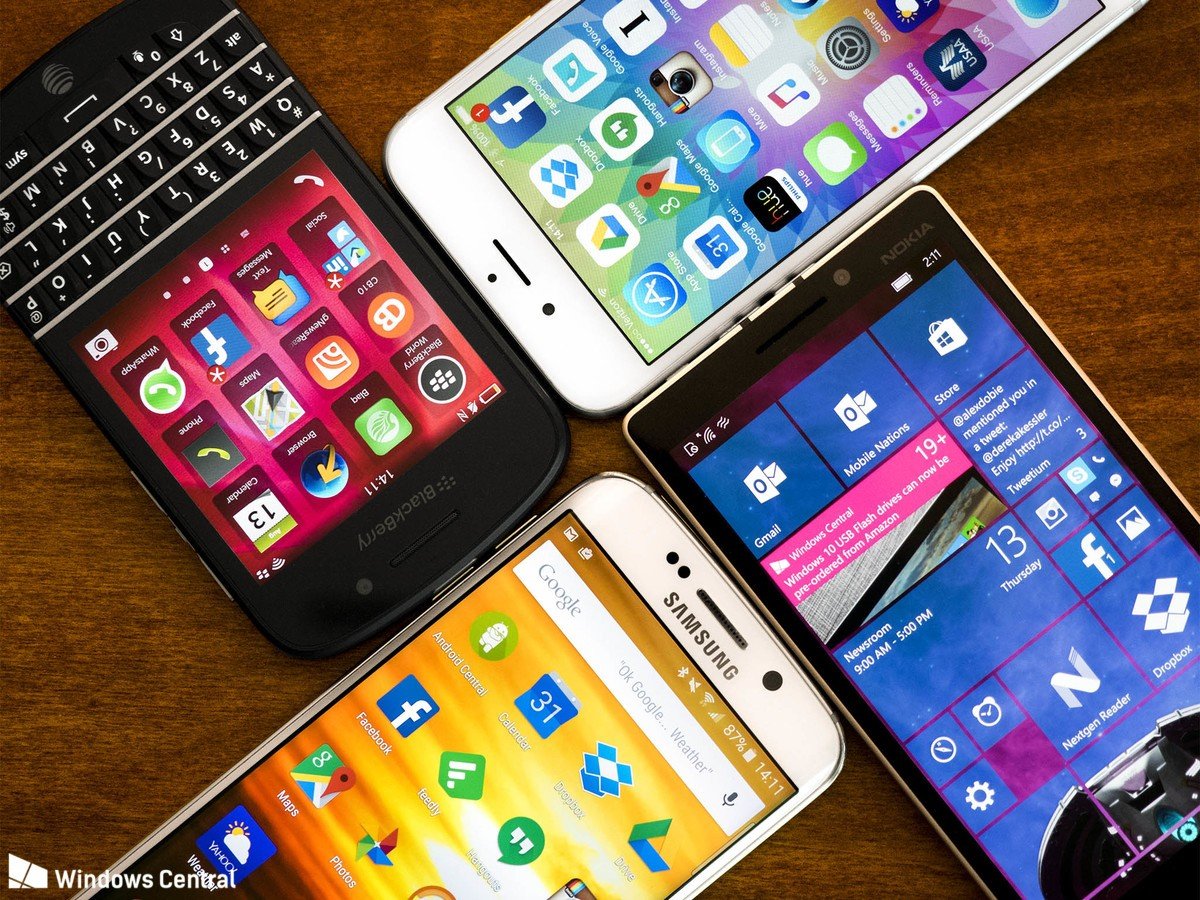
In less than 10 years smartphones have taken on web-surfing, document editing, messaging, emailing, increasingly more demanding gaming, job searching and a host of other previously PC-centric tasks. A combination of increases in processing power and apps have made the evolution of the mobile landscape a suitable replacement for the desktop for an increasing, but still limited range of PC-centric tasks.
Still, Apple, Google, and Microsoft recognize that because mobile is where most consumer personal computing is occurring mobile platforms must continue to become more powerful to accommodate even more desktop-type computing.
Convergence
Apple's and Google's primary personal computing platforms, Android and iOS, evolved around smartphones and an app-centric model designed for light, touch-centric computing. These companies now have the challenge of maintaining the advantages of the mobile platforms that have made them successful while making them more robust in order to handle increasingly complex computing.
Consequently, they are in essence moving mobile-centric paradigms toward a more inclusive personal computing paradigm that supports desktop computing contexts. Apple's iOS-based iPad Pro, with keyboard, pencil and marketing lingo that equates the tablet to a PC are evidence of this.
The truth about Apple's iPad ads
Google has made a similar move by bringing Android apps to Chromebooks. Android-based laptop designs have also come to market. Samsung also brought the Continuum-type DeX dock to market which turns an Android phone into a desktop. Unlike Microsoft's UWP apps, however, Android apps aren't developed with the same consistency to scale to all form factors, dynamically provide a context-sensitive UI and conform to appropriate input methods. UWP apps can dynamically conform to monitor, mouse and keyboard or touch-friendly mobile interactions.
Windows Core OS: Then there was one
Both Apple's and Google's attempts to accommodate more complex computing are centered around keeping their successful mobile platforms distinct from their desktop OSes. Microsoft has the opposite challenge. It has been successful on the desktop, and with Windows Core OS, it is attempting to bring the power of Windows 10 to everything.
The advantage Microsoft has is that Windows 10 is already where iOS and Android are trying to get. As the standard for desktop OSes, it has in power and range of functionality what users and manufacturers are increasingly pushing their mobile devices to achieve. So rather than trying to make its mobile OS more robust or capable like the competition, Windows Core OS allows Microsoft and OEMs to trim full Windows down for mobile and other devices. It keeps all of the power of Windows while relinquishing features not needed for a given form factor.
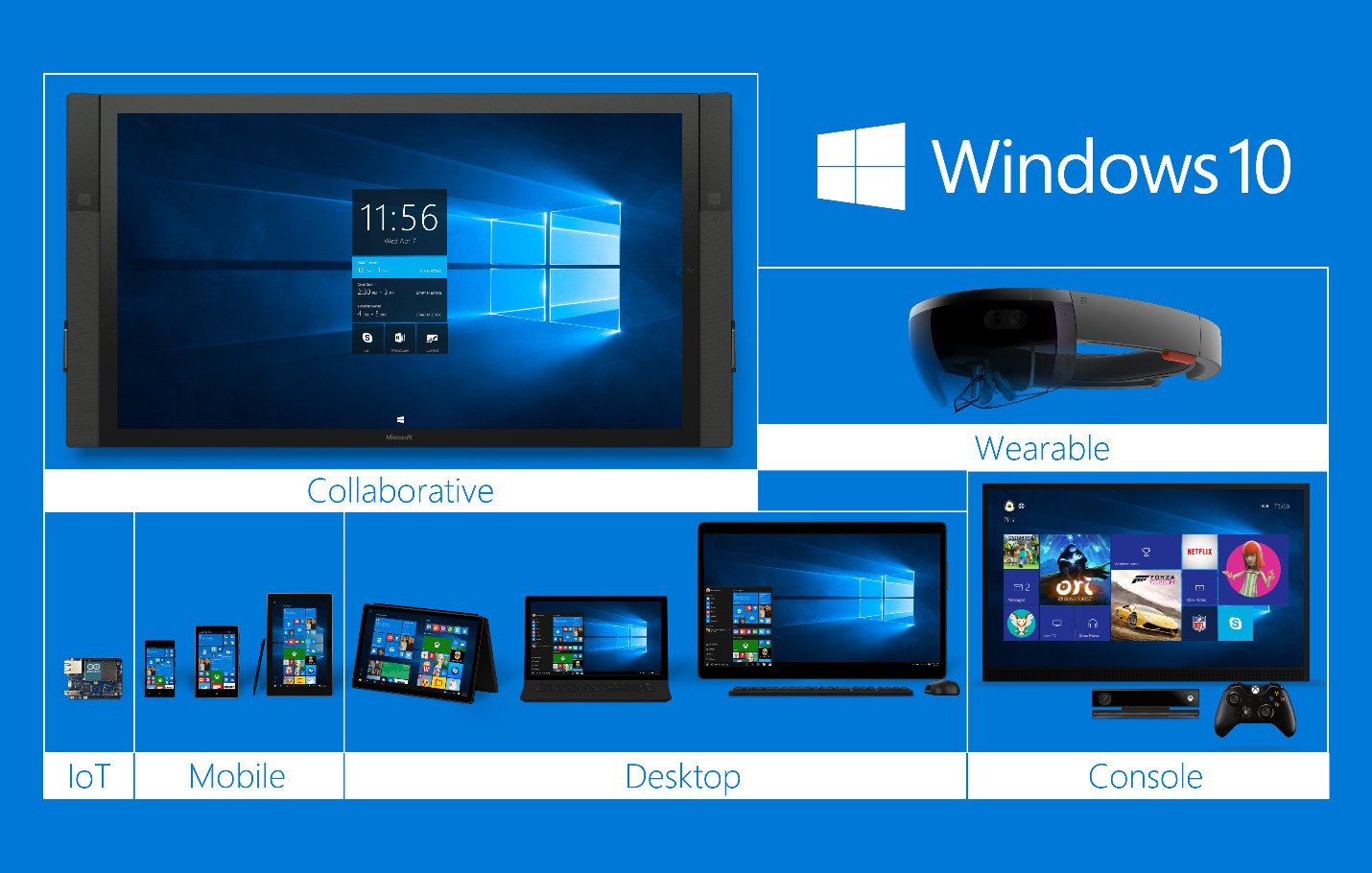
Windows Core OS opens the door for potentially creative hardware designs that Microsoft may bring to the mobile and IoT space.
Of course, the app gap will still be a challenge if this nimble approach to Windows makes it to market. It does modernize the platform, however. If Microsoft ever gets past the app gap problem, leveraging things like progressive web apps, Windows Core OS and a robust ecosystem bring something unique to mobile that Apple, Google, and consumers may not be able to ignore.
Updated September 30, 2017: Several sources have come forward and told us the "Andromeda OS" effort is now internally referred to as "Windows Core OS." We've updated this article to reflect this.
Jason L Ward is a columnist at Windows Central. He provides unique big picture analysis of the complex world of Microsoft. Jason takes the small clues and gives you an insightful big picture perspective through storytelling that you won't find *anywhere* else. Seriously, this dude thinks outside the box. Follow him on Twitter at @JLTechWord. He's doing the "write" thing!

